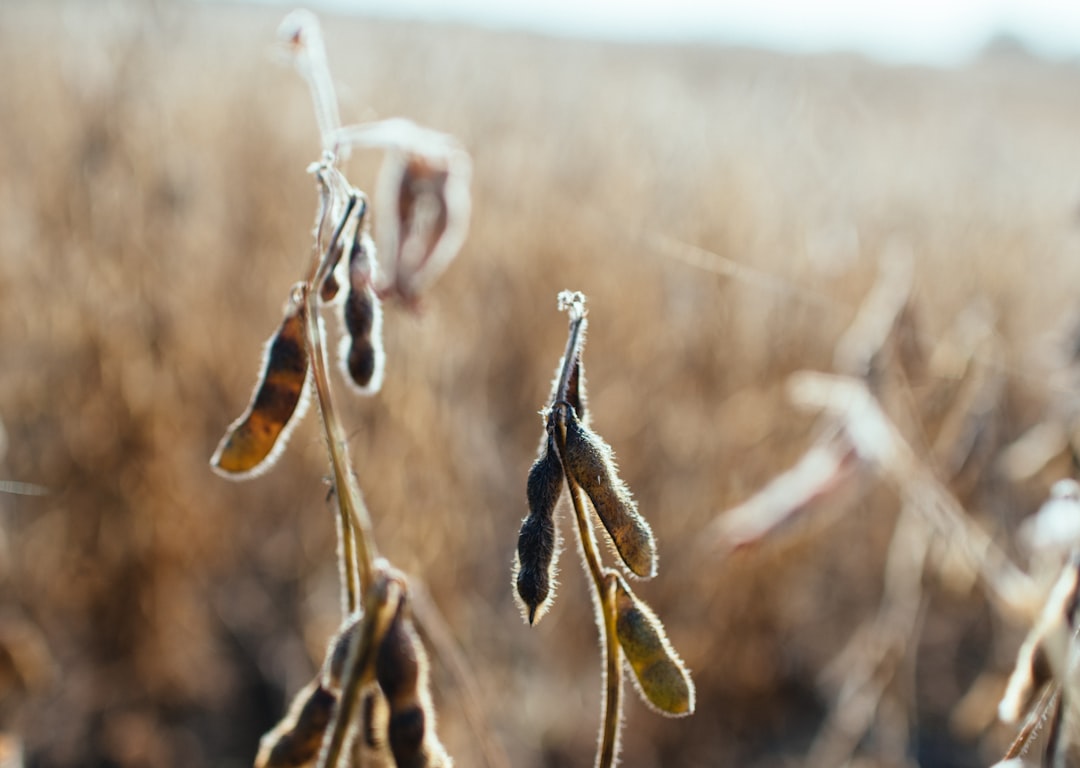What is it about?
An affordable technology for analyzing the nutrition of native plants has high potential to improve feed for livestock in sub-Saharan Africa, where costs are the main barrier. Adopting NIRS (near-infrared reflectance spectroscopy) effectively will require coordination to pool resources and build knowledge collaboratively. This article summarizes the reasons for low usage of NIRS in Africa, its promise for livestock systems, and strategies for increasing its application, including a handheld option.
Featured Image

Photo by Waldemar Brandt on Unsplash
Why is it important?
Livestock in sub-Saharan Africa help address food insecurity, yet poor feed limits their output. Generating knowledge about nutrition for livestock will result in better food available to people. The relatively low cost of NIRS offers an accurate solution for overcoming the high cost of traditional wet chemistry for evaluating livestock feed quality. Sharing knowledge through networks or consortia will allow quick adoption of the technology.
Perspectives
Our international research team brought diverse perspectives while agreeing on the fundamental importance of promoting this technology. We hope that this work sparks conversations that lead to new agreements and progress in the realm of feed for African livestock.
Livestock Lab
University of Florida
Read the Original
This page is a summary of: Near‐infrared reflectance spectroscopy for forage nutritive value analysis in sub‐Saharan African countries, Agronomy Journal, September 2021, Wiley,
DOI: 10.1002/agj2.20801.
You can read the full text:
Resources
Contributors
The following have contributed to this page










